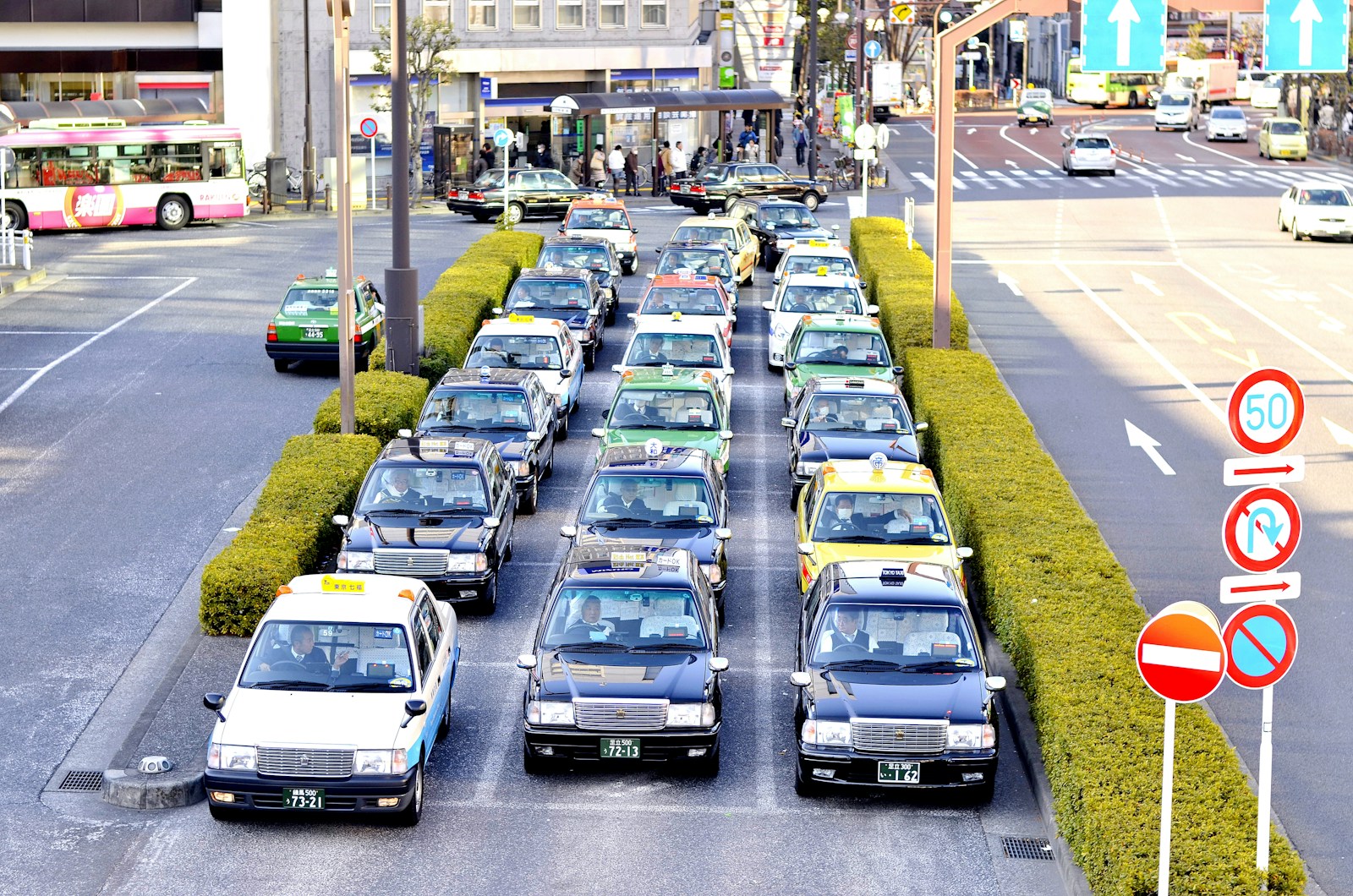Game-Changing Growth Moves in Kenya Automobile Sector 2025
The Kenya automobile sector has staged an impressive rebound in 2025, marking a pivotal moment for Africa’s industrial landscape. After two challenging years of contraction, vehicle assembly surged by 16.4% in the first half of 2025, producing 6,723 units compared to 5,778 units in H1 2024. This resurgence reflects not just a cyclical recovery but a strategic structural shift, positioning Kenya as a benchmark for industrial growth in East Africa.
Why Kenya’s Automobile Recovery Matters for Africa
The recovery of the Kenya automobile sector is significant beyond national borders. Kenya serves as a strategic industrial hub in East Africa, and its revival demonstrates the potential of localized manufacturing to reduce import dependency. With vehicle ownership in Africa remaining far below global averages just 45 vehicles per 1,000 people, Kenya’s progress sets a vital precedent for regional industrial development. For insights on Africa’s broader industrial trends, see Africa Industrial Growth.
Government Policy and Incentives Driving Growth
The remarkable rebound in the Kenya automobile sector is fueled by targeted government policies, including duty exemptions on imported parts. These incentives have lowered operational costs and attracted foreign investment, signaling Kenya’s emergence as a gateway for automotive production in Africa. The $169 million Samurai financing agreement with Japan, facilitated by NEXI, supports vehicle assembly and energy infrastructure, providing reliable electricity to strengthen the sector’s foundation. For detailed policy guidance, explore our Kenya Industrial Policy Guide.
Global Partnerships and Expansion of Assembly Lines
International collaborations are reshaping the Kenya automobile sector. CFAO Motors and AVA Mombasa began local assembly of the Toyota Fortuner, targeting 350 units in the first year and creating 600 jobs. Volkswagen renewed its partnership with Kenya Vehicle Manufacturers in Thika, producing models like the Touareg and Tiguan locally while focusing on technology transfer. Emerging players like MojaEV and Spiro are establishing electric vehicle assembly lines, aiming for 1,500 EVs annually, alongside new factory developments. BasiGo, pioneering electric buses, continues to scale operations in AVA Mombasa. For more on green mobility initiatives in Kenya, visit EV & Green Mobility in Kenya.
Impact on Regional Manufacturing and Africa’s Industrial Ambitions
The resurgence of the Kenya automobile sector serves as a model for other African nations aiming to boost local manufacturing. By demonstrating the effectiveness of government incentives, financing agreements, and global partnerships, Kenya provides a blueprint for scaling production while fostering employment. Neighboring countries can learn from these strategies to reduce import dependency and enhance their industrial resilience. For insights on regional industrial policy, see Africa Manufacturing Strategies.
Technology Transfer and Skill Development
International collaborations in the Kenya automobile sector are not limited to assembly lines; they also facilitate technology transfer and skill development. Partnerships with Toyota, Volkswagen, and MojaEV are helping Kenyan engineers and technicians gain expertise in advanced automotive manufacturing, including electric vehicle production. This knowledge sharing strengthens local capabilities and ensures sustainable industry growth. Learn more about skill-building initiatives at Automotive Skill Development.
Green Mobility and Electric Vehicle Integration
The Kenya automobile sector is embracing the transition to green mobility. EV assembly projects by MojaEV and Spiro, alongside BasiGo’s electric bus scaling, position Kenya as a continental leader in sustainable transport. Integrating renewable energy solutions and green technologies into automotive production also aligns with Africa’s broader climate goals, showing how industrial growth can coexist with environmental responsibility. For more on EV adoption strategies, visit EV Adoption in Kenya.
Financing and Investment Opportunities
The Kenya automobile sector has attracted significant foreign and domestic investment, demonstrating confidence in its long-term growth. The $169 million Samurai facility exemplifies how strategic financing can support assembly and energy infrastructure, ensuring stable production. Investors now view Kenya as a gateway for automotive expansion in Africa. For further insights on investment opportunities, see Kenya Automotive Investment Guide.
Job Creation and Economic Impact
The recovery of the Kenya automobile sector is generating thousands of direct and indirect jobs, from assembly line workers to engineers and logistics specialists. By strengthening local supply chains and supporting ancillary industries, the sector contributes to broader economic growth and community development. Local businesses are increasingly integrated into automotive production networks, enhancing regional industrial ecosystems. Explore our Job Creation and Industrial Growth Guide for more details.
Positioning Kenya as a Continental Hub
With an installed annual capacity of 46,000 units, the Kenya automobile sector is poised to become East Africa’s automotive hub. Leveraging the African Continental Free Trade Area (AfCFTA), Kenya can supply regional markets efficiently. The combination of policy support, technology transfer, green mobility adoption, and investment makes Kenya a model for industrial resilience and innovation across Africa. For insights on regional market integration, visit AfCFTA Official Portal.
Conclusion
The Kenya automobile sector demonstrates that strategic policies, international partnerships, and investment in green mobility can transform a recovering industry into a regional powerhouse. Kenya’s experience offers a blueprint for other African nations seeking industrial growth, job creation, and technological advancement. By continuing to expand capacity, integrate electric mobility, and foster skilled talent, Kenya positions itself not just as a consumer of vehicles but as a leading producer and innovator in Africa’s automotive landscape.
Table of Contents
Cape Town | South Africa




